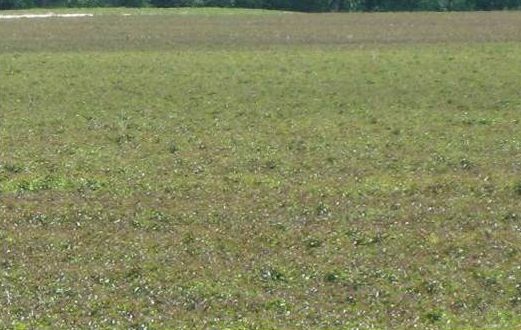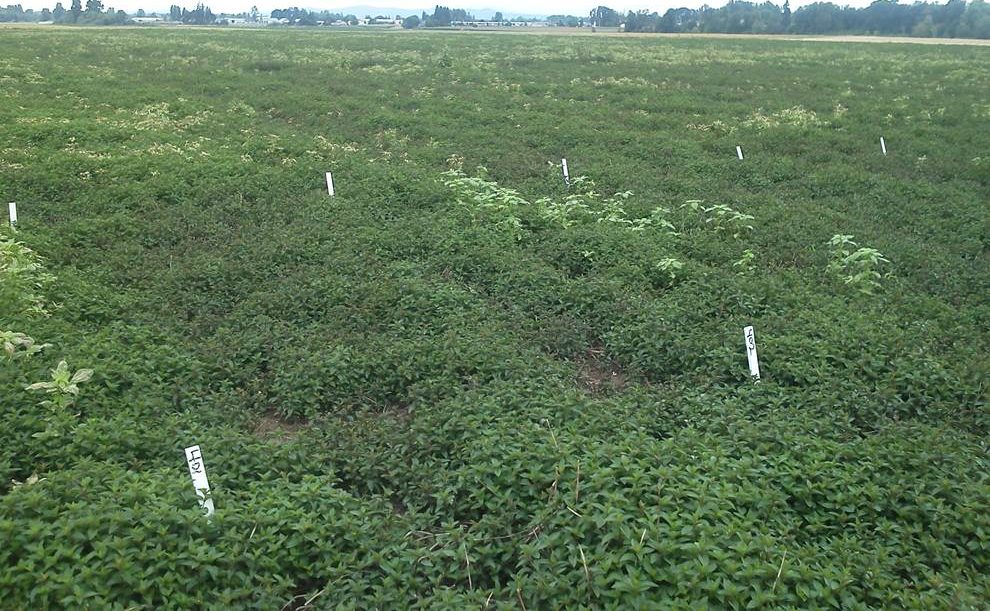A unique and talented multi-state research group funded by the Mint Industry Research Council has emerged over the last several years to explore novel chemical weed management strategies for use in mint oil production. The group consists of Andrew Hulting, Professor, Weed Science, Oregon State University, Corvallis, Oregon; Rob Wilson, Center Director, University of California Intermountain Research and Extension Center, Tulelake, California; Jed Colquhoun, Professor, University of Wisconsin, Madison, Wisconsin; Raymond Baker, Agricultural Research Technician III, Washington State University, Prosser, Washington; and Stephen Meyers, Assistant Professor of Weed Science, Department of Horticulture and Landscape Architecture, Purdue University, West Lafayette, Indiana.
As herbicides newly registered for use in mint become available, growers in Oregon, Washington and Idaho (as well as in Midwestern states) have many questions about how to use these products as part of their overall weed management plan on their farms. Alternatives to older herbicides currently being used in mint production, including terbacil and paraquat, must be identified to address human health concerns and to address ongoing management issues with herbicide resistant weed populations. This group of weed scientists conducts trials comparing both newer and established herbicide products, including pyroxasulfone, pyridate, tiafenacil, carfentrazone, flumioxazin and saflufenacil among others, to local standards for management of grass and broadleaf weeds in peppermint, native spearmint, or Scotch spearmint at five locations representing the major U.S. mint production regions (California, Indiana, Oregon, Washington and Wisconsin) resulting in multi-location, robust data sets over time. Mint growers use these data to determine how best to incorporate these new or existing tools into their current chemical weed management plans and industry uses these data to support product registrations in mint. The work completed by this group has supported several new or updated labels that are currently being utilized by mint growers around the country including the use of Zidua™ and Tough™ in peppermint and spearmint and is a good example of a positive collaboration between grower groups, industry and university researchers.
More information about this group’s research projects and findings can be found in annual reports submitted to the Mint Commissions of individual states mentioned above or in the News section of the MIRC website.

